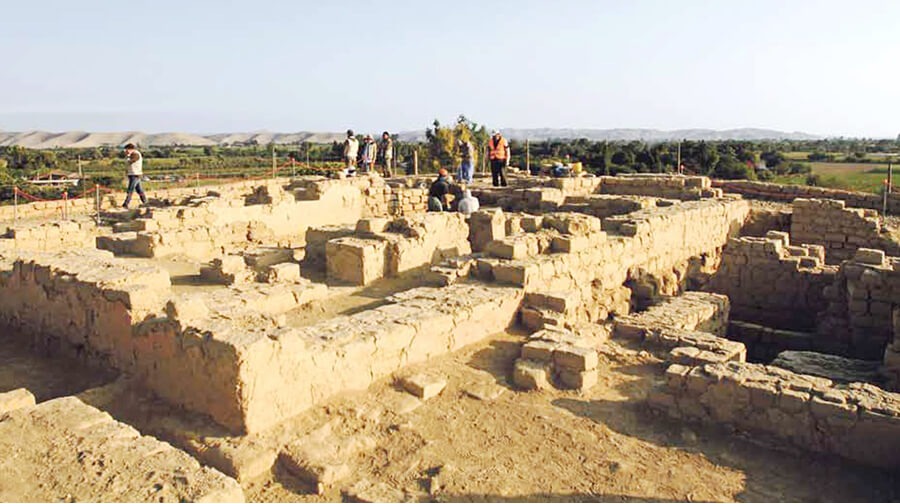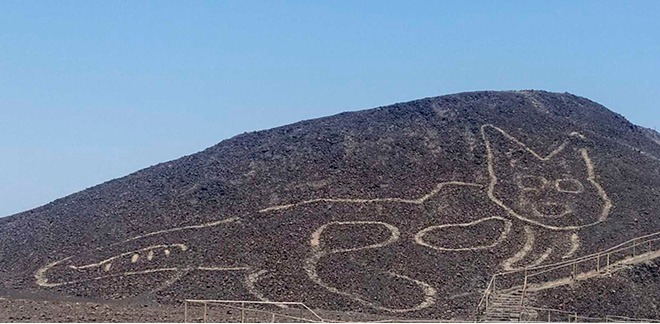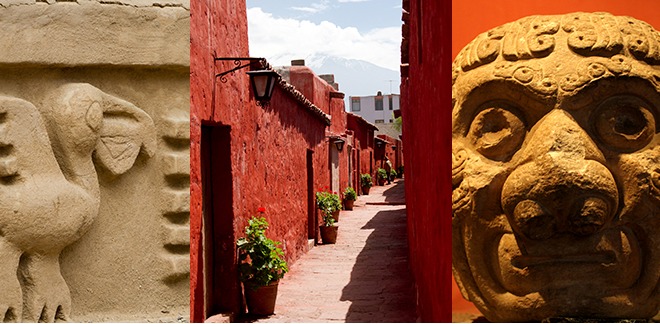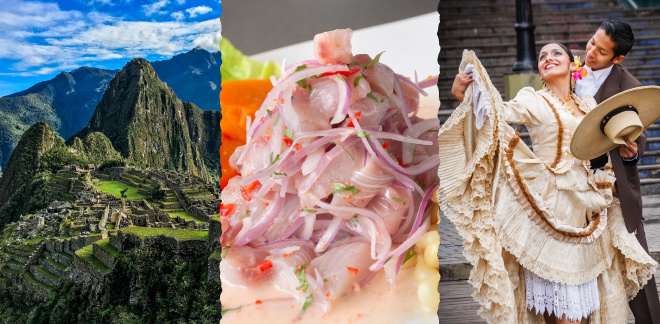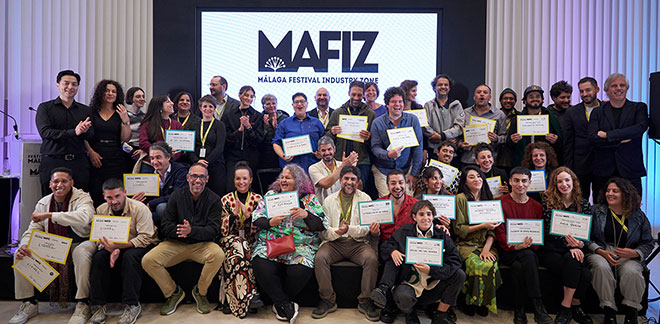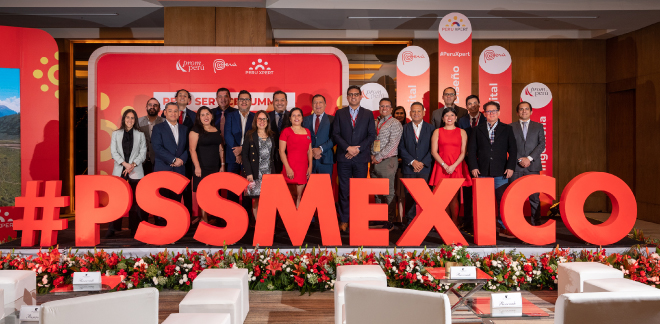The significance of the fascinating Huarmey Castle
Síguenos en:Google News
Dating back to the pre-Inca period, between 600 and 800 AD, and located in the city of Huarmey in the province of the department of Ancash, Huarmey Castle is a stepped pyramid belonging to the Wari culture which was built with adobe, wood and stone. Its walls intersect and form a group of narrow rooms around a large central hall.
The Castle was an important ceremonial center dominating the entire landscape of the Huarmey valley. Its steps contain funerary chambers that were used to bury members of the nobility. It covers a total area of 656 feet long by 213 feet wide and in some places reaches 26 feet high.
Wari likely to have conquered the north coast
After more than ten years of work, in 2012 a Polish-Peruvian team of archaeologists made an exceptional discovery at Huarmey Castle: an imperial tomb of the Wari culture (some 1,200 years old) that was intact.
Sixty-three bodies were found, including 57 figures from the nobility, most likely women belonging to the imperial Wari elite, and six bodies that did not have bundles, so it is assumed that they were victims of a sacrificial ritual. Thanks to this discovery, it was possible to find out a little more about the daily life of high nobility women. "All the women we found had earmuffs, which means that their status was quite high," explained Dr. Patrycja Przadka, project researcher.
The discovery also included more than 1,000 pieces made of gold, silver and copper, such as earrings, necklaces, pectorals, pins, rings, knives, axes, spearheads, rattles, bottles of extraordinary artistic beauty, pots, spoons, containers for coca leaves; textiles and ceramics were also found.
This important discovery suggested that the Wari culture had conquered the north, something many archaeologists were reluctant to believe. "With this encounter it is reliably demonstrated that the Wari conquest of the coast, beyond the central coast, was a reality. This scenario shows us a powerful and efficient empire, which, from Ayacucho, managed to extend its limits to Cusco, reaching the north through the sierra and penetrating the coast through the more easily accessible valleys; something that the coastal Mochicans could not resist," said Krzysztof Makowski, a member of the research team, in an interview for Neo magazine for the Pontificia Universidad Católica del Perú (PUCP).
More discoveries expected
The research project at Huarmey Castle continued in subsequent years and is supported by the Global Exploration Fund and the Expeditions Council, both of the National Geographic Society. "It's a short historical phenomenon, but with huge consequences," Krzysztof Makowski comments in the National Geographic article.
It should be noted that this research is the continuation of the Culebras Valley ('Valle de Culebras') project, which started its activities in 2002 as part of an agreement between the University of Warsaw (Poland) and the PUCP. This project is funded by the University of Warsaw and the National Science Centre of the Republic of Poland.
Did you know?
The Wari are considered to be the pioneers of urbanism in the Andean world. This revolution led to societies characterized by new forms of production, which were far removed from the agricultural activities that were previously carried out.
The Spaniards were the first to identify the remains of the Wari culture, but it was Peruvian researcher Julio César Tello (1880-1947) who carried out the first formal archaeological studies that brought the Wari to light, as well as revealing studies of the Paracas and Chavin cultures.
Sources: PUCP / Peru 21 / UNMSM / National Geographic


